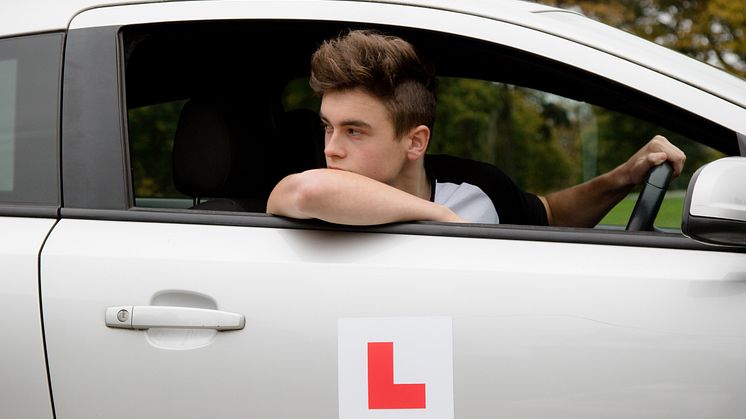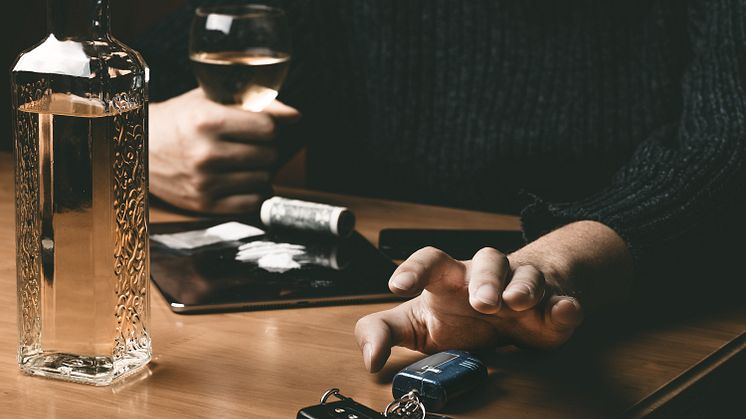
News -
Gear Up and Go: Festival Bound with Good Vibes and Great Driving.
The summer is jam-packed with music and dance events, from Glastonbury to the Isle of Wight to Reading, signalling the official start of festival season. IAM RoadSmart has compiled some driving advice to help you enjoy your weekend to the fullest. Here are some pointers to make the most out of your journey.
Before you set off
Fill up your car with fuel before you go and again when the tank is around half full. Many festivals are held in remote areas, so you don’t want to be caught short. Check that your oil, coolant, and screen wash are all topped up. Ensure your tyre pressure is at the recommended level. You can find the required pressure in your car’s handbook or check here.
Keep it tidy
You don’t often realise how much you need to take to a festival until you try to pack the car up with luggage. Make sure you give the interior of your vehicle a clean-up. Get rid of old water bottles, gym bags, and rubbish to maximise space.
A safe load
If you intend to drive your friends to the event, think about how much luggage they will bring and whether the car can accommodate it all without becoming overloaded. An overweight car will make it more difficult for the suspension and brakes to operate correctly. Large or difficult objects can be easily transported using roof racks and boxes, but you must not exceed the roof's weight limit.
On arrival
When you park the car, make sure your lights are off. The last thing you want when you try to go home is a dead battery. Make sure you close the sunroof and all the windows in case it rains; wet seats will make for an uncomfortable ride home. Make sure you secure your car and take out all your valuables, or at least put them in the boot out of sight. Take meticulous note of your parking location; are there any landmarks that can help, or maybe a flag or window cover will help.
When you leave
Know your limits; make sure you’re fit to drive. Even if it’s the morning after, are you over the drink drive limit? Remember the only cure is time. Alcohol will take hours to leave your system so after a late night or an “all nighter” you may not be fit to drive at all. You are also unlikely to have slept much during the weekend, so, if possible, avoid driving between the two peak times for sleepiness. These are between 3am and 5am and 2pm and 4pm. Take exceptional care on the way home and try to share the driving with others if possible. Just remember to check that they’re covered to drive your car.
Richard Gladman, IAM RoadSmart Chief Examiner, said: “When the party is over, make sure you’re fit to drive. Even if it’s the morning after, you could still be over the limit after a heavy drinking session the night before. Plan ahead and get public transport or choose a designated driver that knows their limits. Remember that a mate doesn’t let a mate drink and drive; if you’re worried, call it out. Driving under the influence is never worth the risk.”
Why not try our free taster sessions? It is your chance to experience our Advanced Driving and Advanced Riding courses. They are not an independent assessment of your driving or riding, but rather an introduction to the full course, which should help you decide whether it is right for you.






